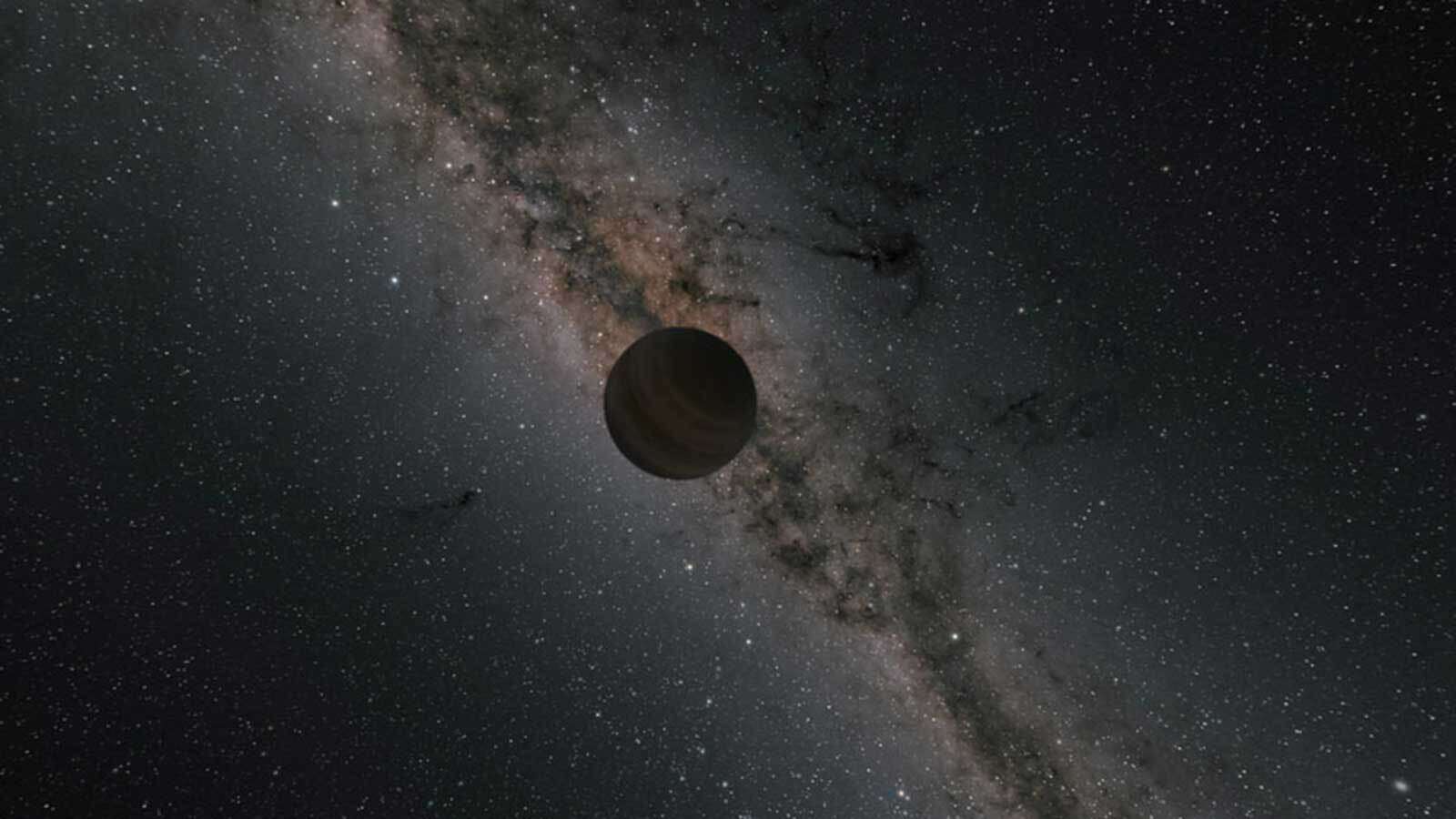Create a free profile to get unlimited access to exclusive videos, sweepstakes, and more!
Rogue planets are wandering everywhere, and some might even be like ours

When planets go rogue, they usually end up wandering through the cosmos on their own because the gravitational forces of larger planets kicked them out of their star system. There are probably more of them out there than we think.
Because of unexpected signals that emerged from data beamed back by the now-defunct Kepler space telescope (RIP), there is now new evidence for a population of “rogue” planets that are unattached to any star system. Rogue planet signals are elusive. The planets were identified by gravitational microlensing, a phenomenon which brightens the star behind an object and makes that object more visible. They were determined to be going it alone because the signals they gave off were too short to tie them to any host star.
Out of all these rogues traversing the vast expanse of space, four are thought to have similar masses to Earth, meaning there could be a Han Solo version of our planet out there. Astronomer Iain McDonald of the University of Manchester managed to find evidence for these mysterious planets even though they were observed by a dying telescope. He led a study recently published in Monthly Notices of the Royal Astronomical Society.
“Gravitational microlensing events are rare because they rely on chance alignment. An object has to pass almost exactly in front of a star to create a microlens,” he told SYFY WIRE. “Lighter bodies like planets create a much smaller lens, so the alignment has to be even more precise.”
At any random moment, gravitational microlensing is happening to one in about every million stars when they are amplified by other, even larger objects behind them. The gravity of these enormous stars brightens starlight by bending it. This is what makes microlensing ideal for detecting really distant objects, especially exoplanets. If a planet passes a star already being lensed, it becomes a second lens and makes the starlight behind it even brighter. Telescopes need to catch this right away because it is unlikely that the planet will be seen again.
McDonald and his team needed to reduce the Kepler data to tell apart the rogue planets from everything else that was going on. This is about as easy as telling apart fireflies from fireworks in the dark—with nothing more than the camera on your smartphone. What made this more difficult was that Kepler was already on its proverbial last breaths and unable to control exactly what direction it was looking in. Pressure from sunlight helped control it, but too many stars and other objects, such as asteroids, were scattered across each image.
“We had to correct for the motion of the spacecraft, isolate signals that could be microlensing out of the cacophony of other variable stars in that part of the sky, and make sure what we were looking at wasn't just a passing asteroid,” McDonald said.
The researchers needed to make up for Kepler’s failing vision. In an effort led by coauthor Radek Poleski, they cleared the visual noise so the brightness in over three million points in the sky could be studied at half-hour increments over a stretch of almost two months. There were so many extra elements that there were times when no known signal-processing techniques could identify anything, and new ones had to be thought up. Finding four Earthlike rogue planets meant painstakingly going over several thousand candidates.
Then there was the issue of being absolutely sure that gravitational lensing was magnifying a planet and no other phenomena were getting in the way. Stars flare and dim all the time. Flares take a while to fade, and many that Kepler saw made solar flares look like flickers. Thousands upon thousands of asteroids, illuminated by starlight, also made the images confusing. The researchers were finally able to tell apart the Earth-sized planets lensing the stars because they were moving at about the same speed as the stars they passed.
NASA’s upcoming Roman mission and ESA’s Euclid mission will be an upgrade from Kepler because they can see much more light from otherwise faint stars, and will also be able to see them more clearly among other bodies. McDonald’s outlook on these missions is positive.
“We hope to use Euclid and Roman to find new planets and explore them in more detail than the brief glimpses we were able to get this time,” he said. “We also hope to learn more about how common they are, and what this means for the stability of planetary systems like our own.”


























